A polarizing filter for the camera
As previously stated, I’ve got a polarising filter.
I’ll skip the physics of polarised light for now and get back to that when I know my stuff properly.
Here are several effects of a polarizing filter:
Once installed onto the camera, the glass of the filter can be rotated to filter the desired angle of light polarisation.
Sky colour saturation:

Without filter
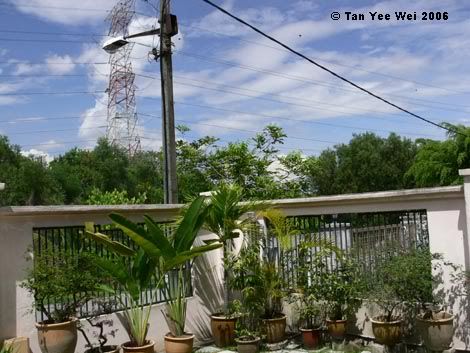
With filter, rotated to allow passage of polarised light from the sky (the sky becomes brighter)
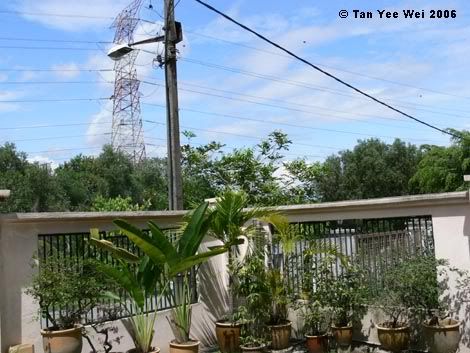
With filter, rotated to block passage of polarised light from the sky (the sky becomes darker)
Reflection reduction:

Without filter
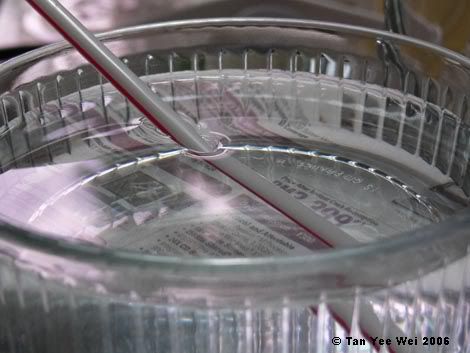
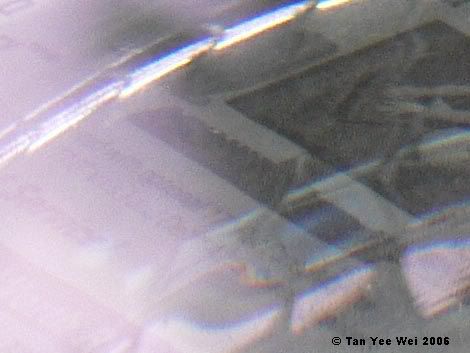
With filter, rotated to allow passage of polarised light reflected from the water.
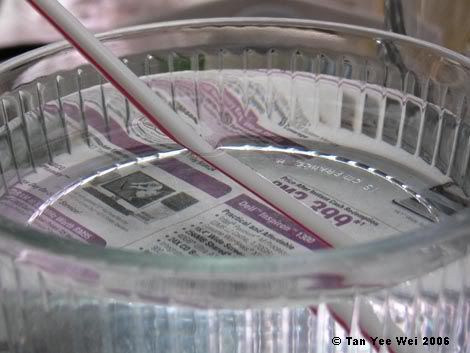
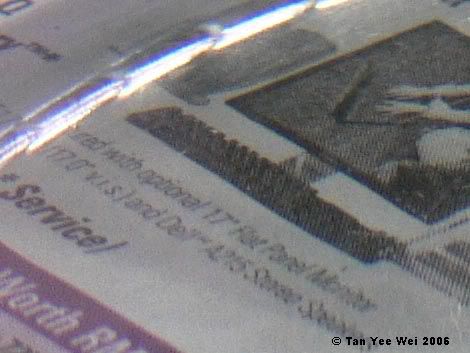
With filter, rotated to block passage of polarised light reflected from the water.
Photography
I’ll skip the physics of polarised light for now and get back to that when I know my stuff properly.
Here are several effects of a polarizing filter:
Blocks half the light from entering- hence requiring longer exposures and/or wider apertures.
Dramatically reduces reflections and glare on most non-metallic surfaces
Improves colour saturation of the sky by darkening the sky
Once installed onto the camera, the glass of the filter can be rotated to filter the desired angle of light polarisation.
Sky colour saturation:

Without filter

With filter, rotated to allow passage of polarised light from the sky (the sky becomes brighter)

With filter, rotated to block passage of polarised light from the sky (the sky becomes darker)
Reflection reduction:

Without filter


With filter, rotated to allow passage of polarised light reflected from the water.


With filter, rotated to block passage of polarised light reflected from the water.
Photography
Labels: photographic equipment

<< Home